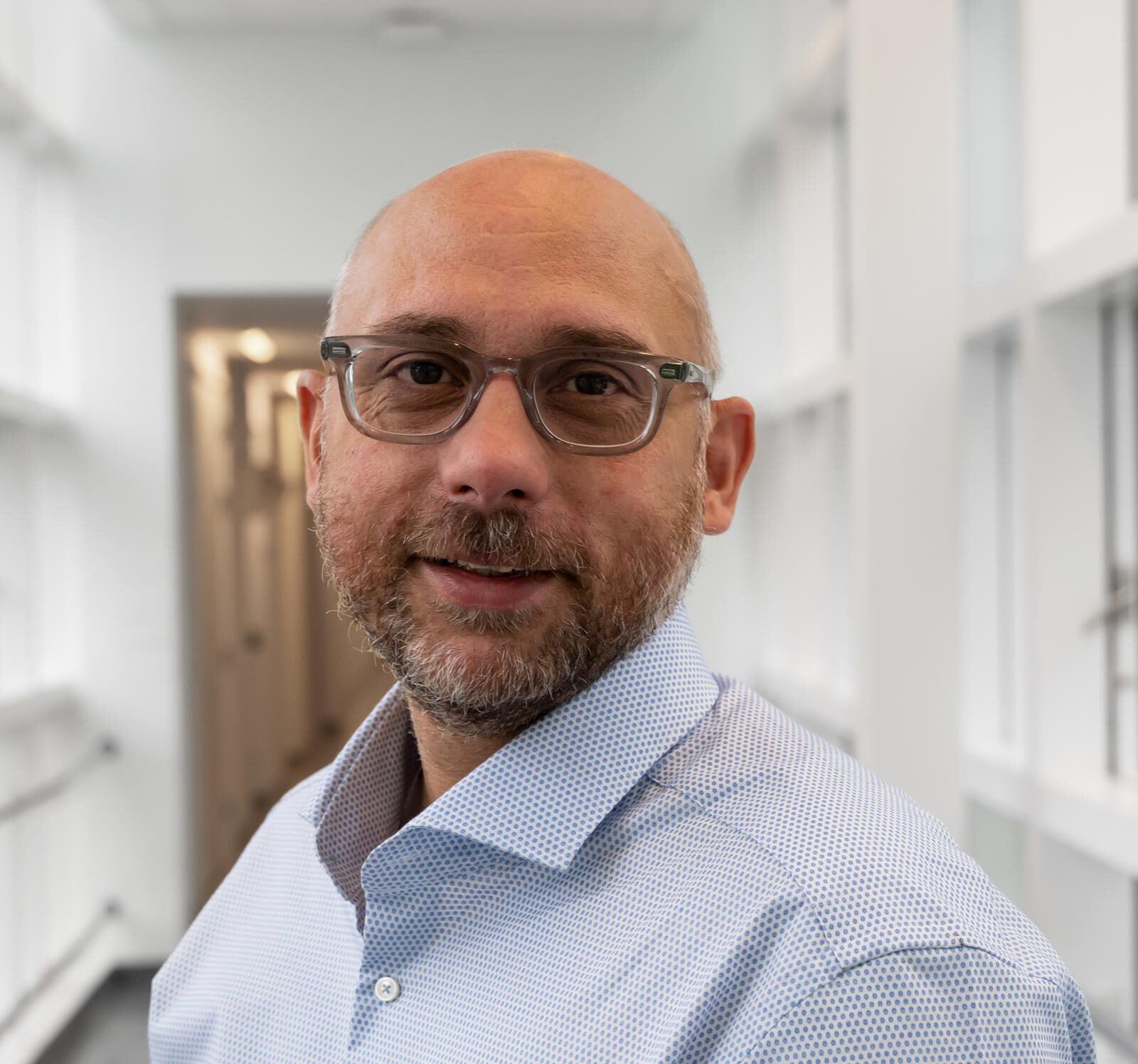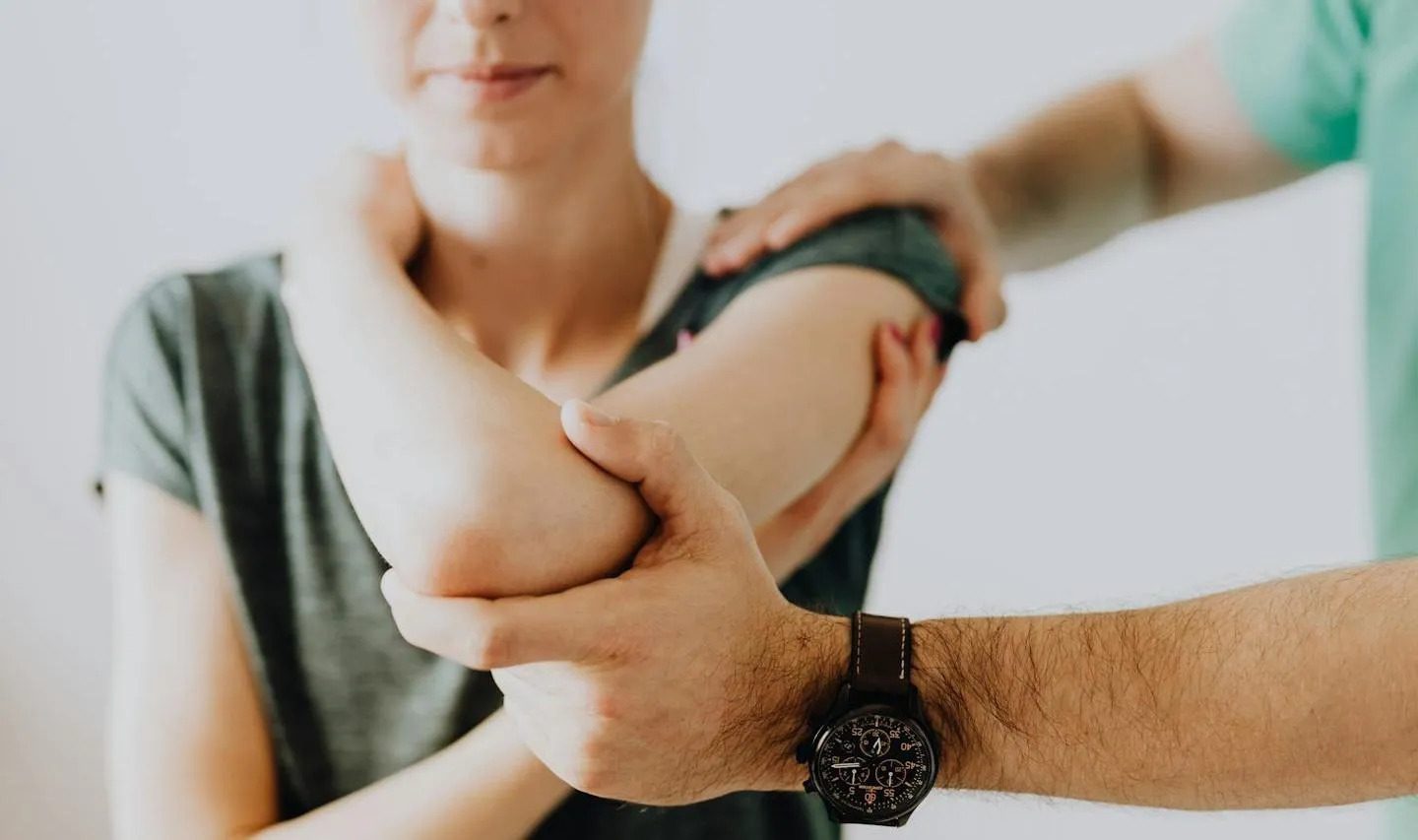Home » News and events »
Study to deepen understanding of rare disabling arthritis affecting children

Young people with a rare condition called Juvenile Idiopathic Arthritis (JIA) are taking part in clinical research to better understand the condition, including to find out why some children have more severe arthritis and others get better on first treatment.
The MAP-JAG study, coordinated by the University of Birmingham and supported by the National Institute for Health and Care Research (NIHR) Birmingham Biomedical Research Centre (BRC), is working with children and young people who have been diagnosed with the rare childhood condition, JIA, that results in joint swelling and loss of mobility. While there are now treatments that alleviate the symptoms, many of which cause debilitating side-effects and not enough is understood about the condition which affects 1 in 1000 children.
Children and young people diagnosed with JIA around the country are being invited to take part in the study, which involves taking additional tissues from affected joints.
“We hope that through detailed study which has already provided a wealth of information for adult arthritis, we can identify new treatment options and potentially predict young people at risk of JIA.”
Professor Adam Croft, Chief Investigator of MAP-JAG
Adam Croft, Versus Arthritis Professor of Rheumatology at the University of Birmingham, Honorary Consultant Rheumatologist at University Hospital of Birmingham NHS Trust, researcher within the Inflammatory Arthritis research theme at the NIHR Birmingham BRC and Chief Investigator of the MAP-JAG study said:
“We still know very little about Juvenile Idiopathic Arthritis. While there are treatments that can reduce swelling and mean that young people affected by the condition are able to regain mobility, we don’t know how the condition starts and whether some people or some conditions make it more likely that young people will get JIA.
“MAP-JAG seeks to learn much more about the condition by studying tissue and fluid taken from affected joints. We hope that through detailed study which has already provided a wealth of information for adult arthritis, we can identify new treatment options and potentially predict young people at risk of JIA and other auto-immune inflammatory diseases so that children like Amy can get help as soon as they experience symptoms.”
Arthritis diagnosis at three – but now working towards a black belt in Karate
Arthritis isn’t the usual diagnosis a parent expects to hear for a three-year-old girl, yet that’s exactly the news Amy and her family received when they were told she had JIA.
Amy, now 17 years old, recounts:
“After my initial diagnosis at three, I then had a major flare up at ten and I’ve subsequently been working with doctors to manage the arthritis. The first medications I tried gave side effects that meant it wasn’t worth it, and I’ve had various flairs and things have been up and down over the years, with lots of things like physio, joint injections and different drugs to control it.
“It’s usually worse in the mornings and it can affect me in different ways such as stiffness in my joints or struggling to get up out of chairs and out of bed. And then especially with pain in my hands, such as holding heavy objects and things like that which affects my ability to the things I love.”
Amy’s arthritis is currently under control which allows her to follow her musical interest playing the violin, and keeping active with sports like Karate where she is working towards black belt. Amy reflects on the journey to finding the right medication to help her and the importance of research such as MAP-JAG to help clinicians better understand this condition.
Amy said: “With JIA being a condition that affects so many people across the world, it’s important that the right research is carried out to make sure the right medications go to the right people. As for myself, trialling different medications to find the right one often meant that I was left with side effects or my condition wasn’t properly managed, whereas it could have been better managed and allow me to do more things.”
Initial funding from the Kennedy Trust for Rheumatology Research, has helped to set up a network between the University of Birmingham, University of Oxford and UCL to begin taking and analysing tissue samples.
Samples have been obtained from children and young people at Birmingham Children’s Hospital and Great Ormand Street Hospital, and further funding from Versus Arthritis, the NIHR Birmingham Biomedical Research Centre, and the Medical Research Council has meant that the study has extended across the UK to work with more young people. Three new sites are now in set-up phase and the Network will become known as TRICIA (tissue research in childhood inflammatory arthritis). The research has also been extensively supported from the outset by patient partners, including families whose children have JIA.
-
Notes for editors
- For media enquiries please contact Tim Mayo, Press Office, University of Birmingham, tel: +44 (0)7815 607 157.
- The University of Birmingham is ranked amongst the world’s top 100 institutions. Its work brings people from across the world to Birmingham, including researchers, teachers and more than 8,000 international students from over 150 countries.
- The University of Birmingham is a founding member of Birmingham Health Partners (BHP), a strategic alliance which transcends organisational boundaries to rapidly translate healthcare research findings into new diagnostics, drugs and devices for patients. Birmingham Health Partners is a strategic alliance between eight organisations who collaborate to bring healthcare innovations through to clinical application:
- University of Birmingham
- University Hospitals Birmingham NHS Foundation Trust
- Birmingham Women’s and Children’s Hospitals NHS Foundation Trust
- Aston University
- The Royal Orthopaedic Hospital NHS Foundation Trust
- Sandwell and West Birmingham Hospitals NHS Trust
- Health Innovation West Midlands
- Birmingham and Solihull Mental Health NHS Foundation Trust
About the National Institute for Health and Care Research
The mission of the National Institute for Health and Care Research (NIHR) is to improve the health and wealth of the nation through research. We do this by:
- Funding high quality, timely research that benefits the NHS, public health and social care;
- Investing in world-class expertise, facilities and a skilled delivery workforce to translate discoveries into improved treatments and services;
- Partnering with patients, service users, carers and communities, improving the relevance, quality and impact of our research;
- Attracting, training and supporting the best researchers to tackle complex health and social care challenges;
- Collaborating with other public funders, charities and industry to help shape a cohesive and globally competitive research system;
- Funding applied global health research and training to meet the needs of the poorest people in low and middle income countries.
NIHR is funded by the Department of Health and Social Care. Its work in low and middle income countries is principally funded through UK Aid from the UK government.
The National Institute for Health and Care Research (NIHR) Birmingham Biomedical Research Centre translates new scientific discoveries into treatments and diagnostics to improve people’s health in the UK and across the globe. We focus on inflammation, a common feature of many diseases, and work to improve its diagnosis, prevention and treatment. We are part of the NIHR and hosted by University Hospitals Birmingham NHS Foundation Trust in partnership with the University of Birmingham.


